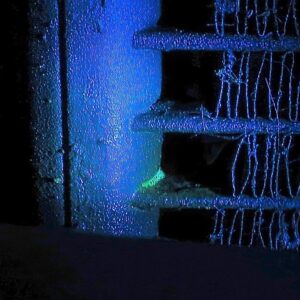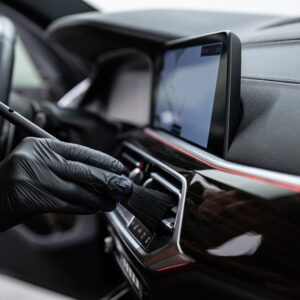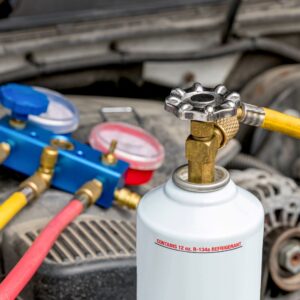Refrigerant doesn’t really look or smell like anything in its purest form, as it is both colorless and odorless. It’s a clear liquid that boils (turns to vapor) at about -20F. When it changes from a liquid to a vapor in the evaporator, it absorbs heat, and when it changes from a vapor back to a liquid in the condenser, it releases heat.
Once installed in a refrigeration system, however, it will be blended with some type of tinted oil, and/or fluorescent dye for leak detection, giving the refrigerant a green or yellow color.
A refrigerant leak can cause an air conditioner to run longer cooling cycles or stop cooling altogether.
Tips On How to Access the Refrigerant
Caution: It’s illegal to vent any kind of refrigerant to the atmosphere. Wear safety glasses at all times when working with refrigerants, and gloves to prevent potential skin damage.
If you’re planning to pack or recharge your vehicle with refrigerant, there are some things you should know.
First, it’s not recommended to charge the vehicle if the temperature is below 55°F. The next thing to keep in mind is to refer to a pressure chart. Most refrigerant packaging should have one.
Many shops will first warm the engine compartment with the hood closed before using a machine to remove the refrigerant on a cold day and then recharge the system with the right amount of refrigerant.
One method (assuming the compressor is working right) is to keep adding refrigerant until the suction hose is cold all the way to the compressor when the system is functioning.
You’ll be putting the refrigerant into the low side port with the compressor engaged, because that will be the lowest pressure in the system and it needs to be less than the pressure in the refrigerant can. Sometimes it may take 20 minutes or more to empty a 12 ounce can.
Caution: Do not wear long hair, necklaces, or loose clothing when doing work around a running engine.
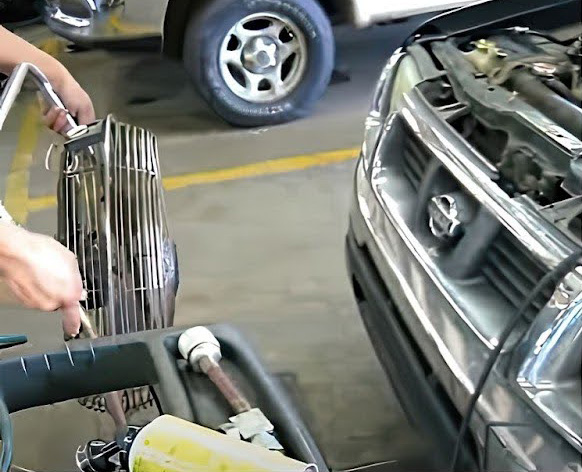
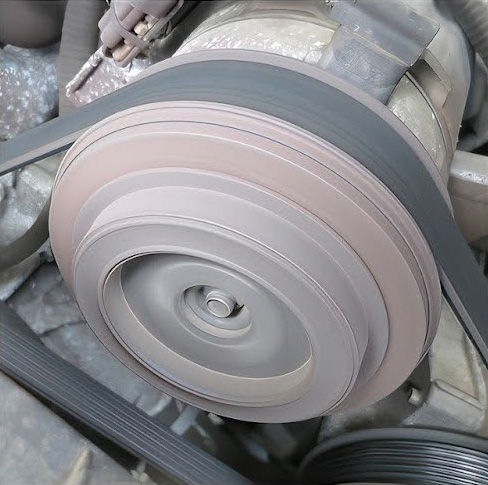
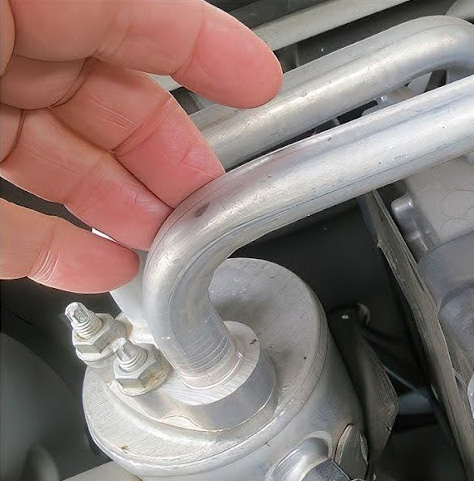
Important: A system that has completely lost its refrigerant and is filled with atmosphere must be evacuated with equipment before charging with refrigerant. If you don’t get that air out of the system, the A/C compressor will become an air compressor and will build hundreds of pounds of pressure until something bursts wide open.
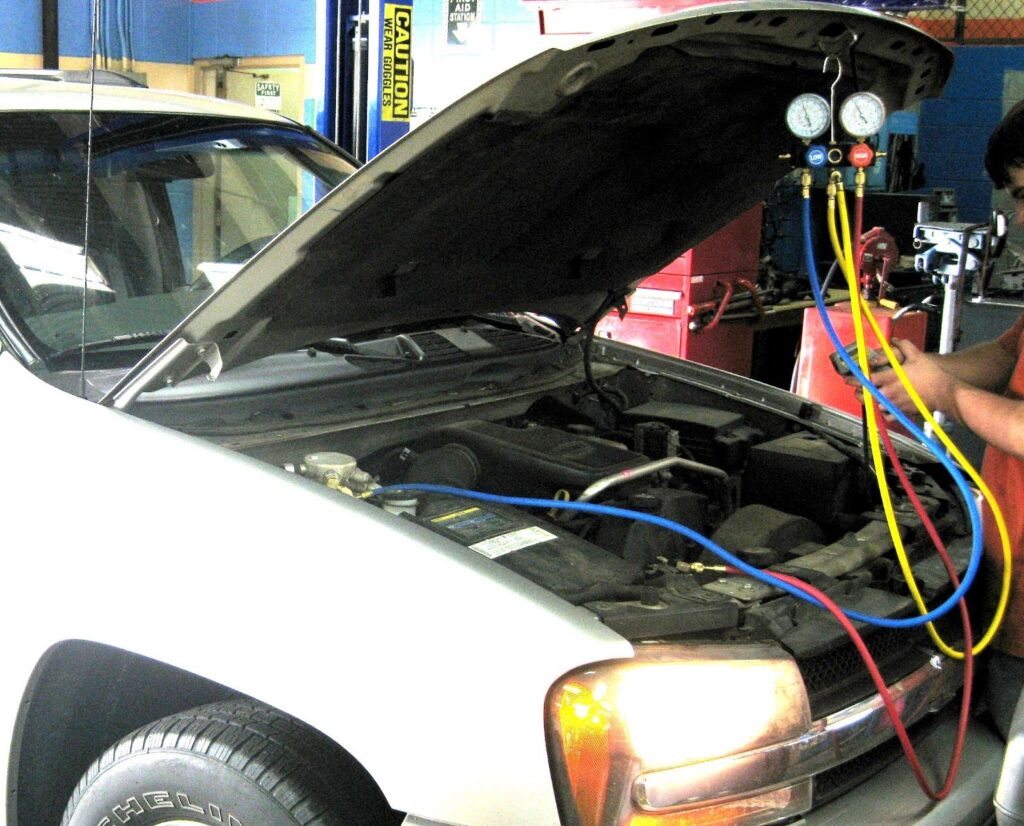
It’s also recommended to use a charging hose and gauge when recharging your system. Be sure to use a complete set of manifold gauges to monitor high and low side pressures to ensure
efficient system operation.
Any information provided on this Website is for informational purposes only and is not intended to replace consultation with a professional mechanic. The accuracy and timeliness of the information may change from the time of publication.



